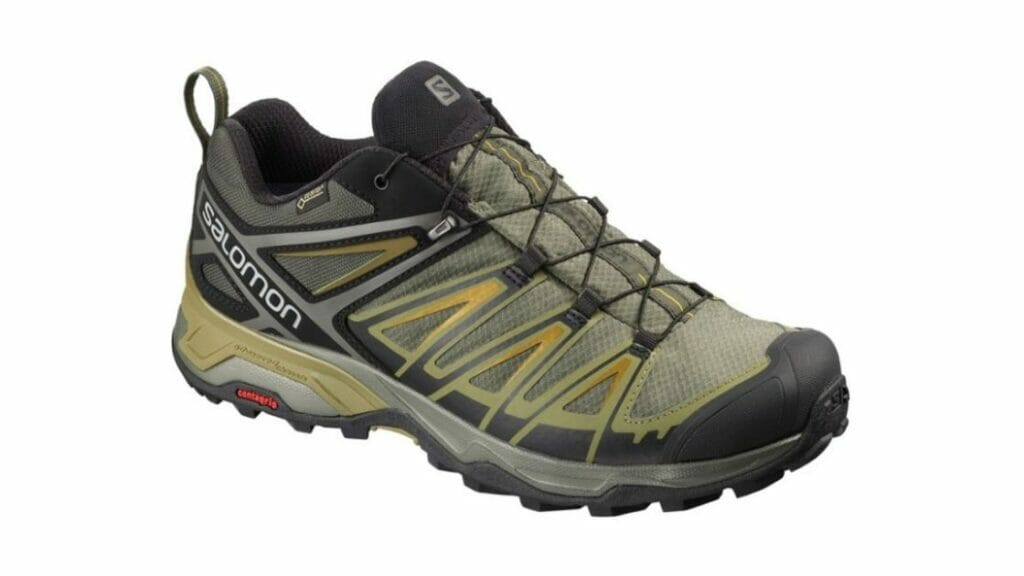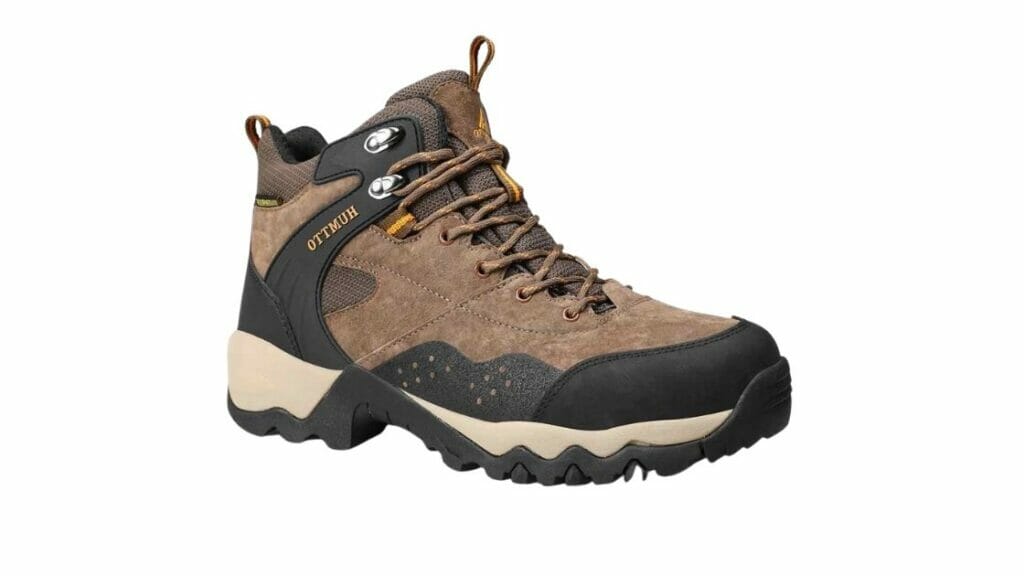If you’re an outdoor enthusiast, then you may have heard the terms “hiking” and “trekking” used interchangeably. But what is the difference between hiking and trekking shoes? In short, trekking is a more strenuous activity than hiking, requiring shoes that are built for more demanding terrain. Here we’ll take a closer look at the key differences between hiking and trekking shoes so that you can choose the right pair for your next adventure.
There are many different types of shoes on the market these days, and it can be hard to figure out which ones you need for your next outdoor excursion. In this blog post, we’ll break down the key differences between hiking and trekking shoes, so you can make the most informed purchase possible. Stay safe and comfortable on your next hike or trek with the perfect pair of shoes!
Hiking Shoes vs Trekking Shoes

Hiking shoes are typically heavier than trekking shoes and tend to be more waterproof. That means that they’re better suited for wet and muddy conditions and will keep your feet warmer on cold days. Trekking shoes are lighter and more breathable than hiking shoes, making them ideal for warmer conditions. They often have better traction than hiking shoes, which is important for footing on wet or steep surfaces.
While the choice of shoe will ultimately depend on your preference and intended activity, it can be helpful to think in terms of comfort vs performance. Hiking shoes are usually more comfortable but not as practical for more difficult or technical terrain. Trekking shoes offer a nice compromise between comfort and performance, making them ideal for most people.
In general, hiking shoes tend to weigh more than trekking shoes, but this may vary from brand to brand. Of course, it’s also possible that your pair of hiking boots weigh more because they’re larger and provide more coverage and insulation. And as we mentioned earlier, trekking shoes are typically more breathable than hiking shoes, making them a good option for warmer weather.
If you’re looking for a versatile shoe that can be used for both hiking and trekking, then your best bet is a pair of trekking shoes. They’ll provide enough comfort to be used on longer day hikes while being light enough for more demanding treks. Either way, it’s important to choose the right footwear, so you stay safe and comfortable when exploring nature.
One thing you shouldn’t do is wear your hiking boots when trekking – they are designed for different uses! If you’re planning a hike in muddy or wet conditions, then it’s important to pick up a pair of hiking shoes. Hiking boots will quickly soak through, and your feet will get very cold!
When you’re shopping around for new shoes, keep comfort and practicality in mind. A comfortable trekking shoe like the Salomon Ellipse can be used for day hikes or longer treks alike.
Difference Between Hiking and Trekking shoes
Shoes are an important investment, so it’s always best to do some research before you buy! If you’re looking for light hiking shoes that will keep your feet cool during warm weather, then the Salomon Ellipse GTX trail running shoe is a great option. If you’re looking for a versatile shoe that can be used for both hiking and trekking, then the Salomon X-Mission 3 trail running shoe is a great choice. And if you’re looking for a heavy-duty hiking boot for wet or snowy conditions, then check out the Salomon Quest 4D 2 GTX hiking boot.

We hope this blog post has helped you better understand the key differences between hiking and trekking shoes. When making your next purchase, keep these factors in mind to ensure you get the shoes that will keep you safe and comfortable on your next adventure.
Thanks for reading!
Thank you! I hope this article will help some people who are unsure what they should be looking for when purchasing these shoes.
